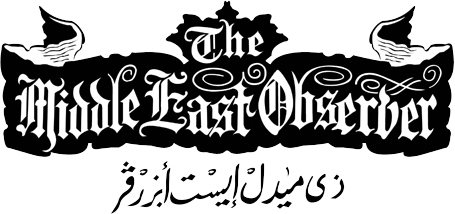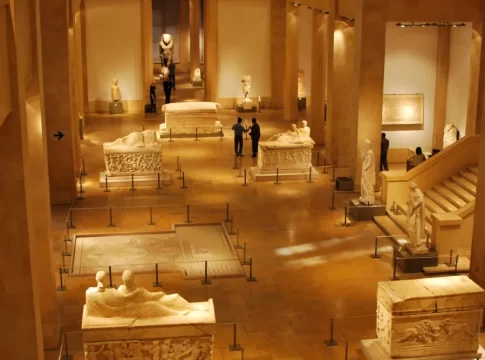Fifty years after becoming a flashpoint during Lebanon’s civil war, Beirut’s National Museum stands as both a guardian of cultural heritage and a poignant symbol of resilience. Once a battleground where militants took refuge among ancient relics, the museum now welcomes students and tourists eager to explore its storied past and recent transformations.
The war, ignited on April 13, 1975, when Christian gunmen attacked a bus of Palestinian fighters, set Beirut ablaze mere kilometers from the museum. The museum’s strategic location on the dividing line between east and west Beirut made it a frontline fortress. Militants barricaded themselves inside, using mosaics and sarcophagi as cover, even as the museum’s director at the time, Maurice Chehab, took courageous steps to protect its treasures.
Chehab moved smaller artifacts to secure vaults and encased larger pieces in concrete to shield them from artillery. Though some artifacts sustained damage, including a significant mosaic punctured by sniper fire, they remain on display today as silent witnesses to the conflict.
The civil war raged for 15 years, claiming over 100,000 lives and displacing countless others. Halfway through the conflict, Israeli troops invaded, setting the stage for Hezbollah’s emergence. Fast forward to 2023, when renewed hostilities between Hezbollah and Israel erupted, sparking a year of violence that left deep scars on the region.
Yet, amid these tensions, the museum persevered. It recently inaugurated a new pavilion for rotating exhibitions, uncovering artifacts Chehab had buried for protection. “The things we left visible are a lesson for the future,” said Sarkis Khoury, Lebanon’s current director of antiquities, highlighting the importance of remembering history to foster peace and coexistence.
While the museum has embraced its history, much of Lebanon’s civil war legacy remains obscured. Post-war amnesty for political crimes and a reluctance to teach the conflict’s history have left many landmarks abandoned or obscured by new developments.
When asked about the necessity of a civil war museum, Culture Minister Ghassan Salameh expressed reluctance, citing the war’s destructive nature. However, he remains optimistic about Lebanon’s resilience. “This country has been declared dead dozens, even hundreds of times,” Salameh remarked. “But this part of the Mediterranean has remained standing, with its specificities and its problems. It never ceases to be.”
Lebanon’s National Museum continues to embody the nation’s tumultuous past and enduring spirit. As it opens its doors to a new generation, it serves as a powerful reminder of the importance of preserving both history and hope.


